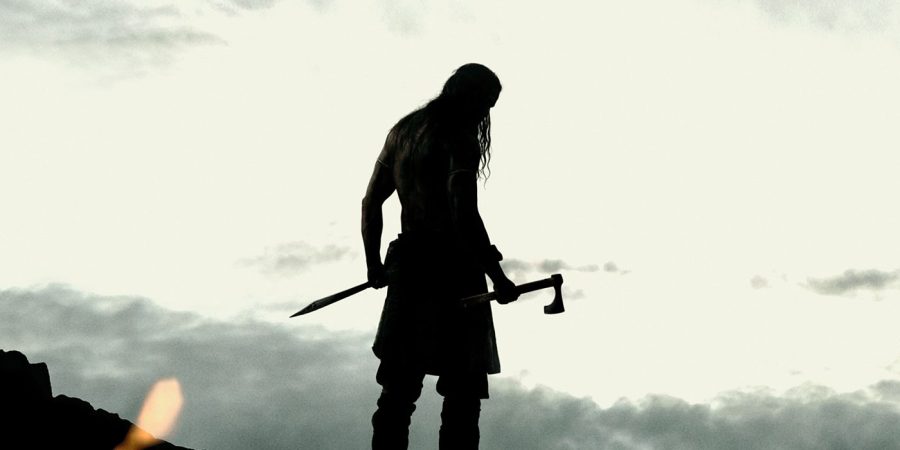“The Northman” on Prime: epic but empty
Alexander Skarsgård in “The Northman”
June 29, 2023
![]()
Historical movies can be extremely hard to pull off, and “The Northman” is no exception. Director Robert Eggers’ task wasn’t simple — finding a balance between historical accuracy and modern cinema appeal is no easy feat. Tipping too far to the side of modernity could sacrifice the film’s integrity, yet tipping too far to the side of historical accuracy risks losing any relatability to the audience. Fortunately, “The Northman” manages to walk that tightrope, though not without the occasional slip.
The newest work in Eggers’ catalog, “The Northman,” is set in the 800s C.E. Scandinavia. It reinterprets the tale of Amleth — the inspiration for Shakespeare’s “Hamlet.” In Eggers’ rendition, Amleth is the teenage prince of his father’s kingdom, but before he can come of age, Amleth’s uncle Fjiolnir kills the king, seizing the throne for himself. After Amleth escapes the kingdom, he vows to take revenge against his uncle and save his mother, whom Amleth believes is held captive by Fjiolnir. The on-screen plot picks up a few decades later with a now-adult Amleth still bent on revenge.
From the start, the film’s visuals are gorgeous. Cinematographer Jarin Blaschke captures the movie’s action sequences with minimal cuts, immersing the viewer in the violent world of the Vikings. Having filmed in North Ireland and Ireland, Blaschke also incorporates frequent landscape shots and dynamic angles to improve upon this immersion, while the deep gray, blue and green color palette mesmerizes.
The film boasts an incredible cast, with Alexander Skårsgard, Anya Taylor-Joy, Nicole Kidman, Ethan Hawke and Willem Dafoe. Despite the star-studded lineup, though, Eggers underuses many of the talented actors. Apart from Skårsgard and Taylor-Joy, most cast members appear on-screen for only a few minutes, and while the actors’ respective performances are stunning, the characters themselves feel unrelatable and one-dimensional, leaving much to be desired.
The film’s plot is, thankfully, stronger and more interesting than its characters, as it refuses to shy away from the brutality of the Vikings. Slavery is a vital part of the story’s plot. Most characters are either enslavers or slaves themselves. The cruelty of the film reminds the audience to refrain from glorifying the Vikings. Tensions within the story portray the power dynamic between Viking leaders and the enslaved people, offering a deeper look into Viking culture. The film’s violence is unashamedly graphic, from blood to beheadings, and though the action can feel sparse especially in the second act, the film never fails to highlight the viciousness of the Vikings.
The movie’s dialogue leans into Old English, a choice that makes for a theatrical and dramatic experience — but also an alienating one passive moviegoers won’t appreciate, even with the occasional bursts of humor.
While the setting, performances and cinematography are captivating, the film is quite far from perfect. Its greatest weakness is unrelatability. Whether their lack of depth is a product of the severe medieval time period or a conscious directorial choice, the distance between the characters and the audience is disappointing.
The film can be hard to follow. Its plot seems fairly straightforward, but some of the action sequences feel rushed, and parts of the story, especially the supernatural aspects of witchcraft, are more confusing than intriguing. The film makes little effort to explain the rules of the world — sometimes the world feels hyper-realistic and at others, it’s immersed in magic. In a story with already bland characters, the film’s inconsistencies certainly don’t help to engage.
In what can only be described as an experience rather than a movie, “The Northman” is a massive spectacle worth giving a shot despite its imperfections. It’s more of a historical document than a film, though, and if you’re looking for a leisurely watch, try another century.










